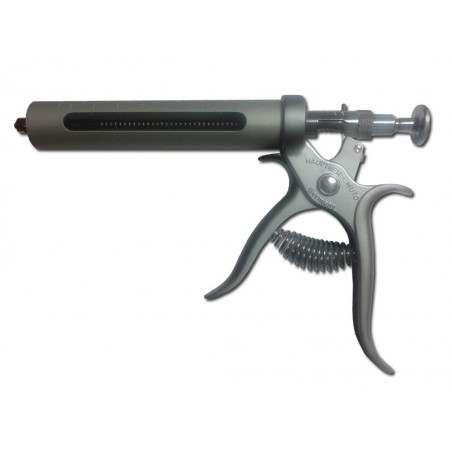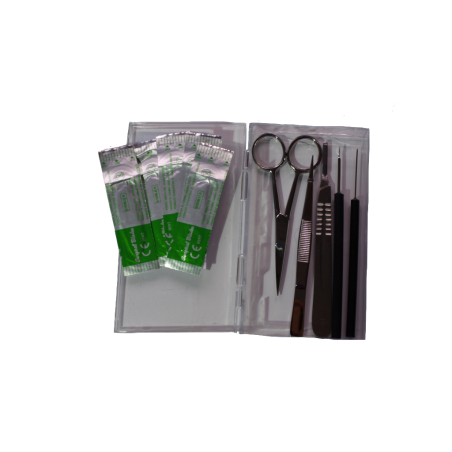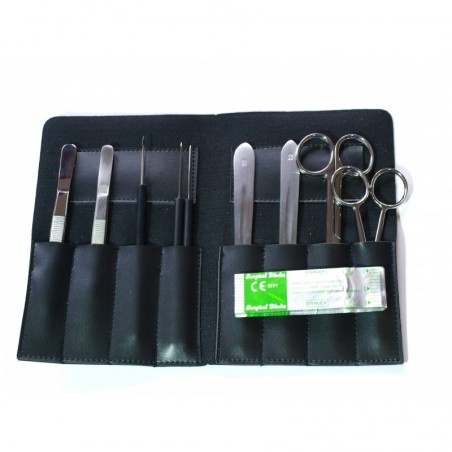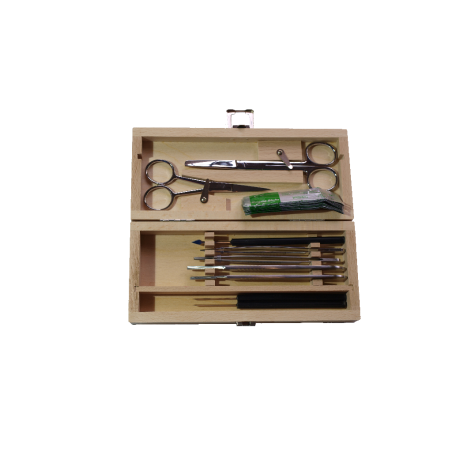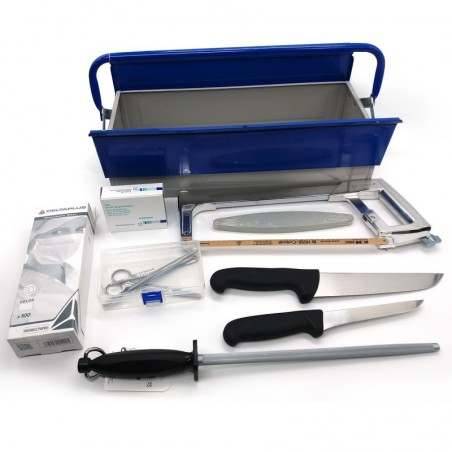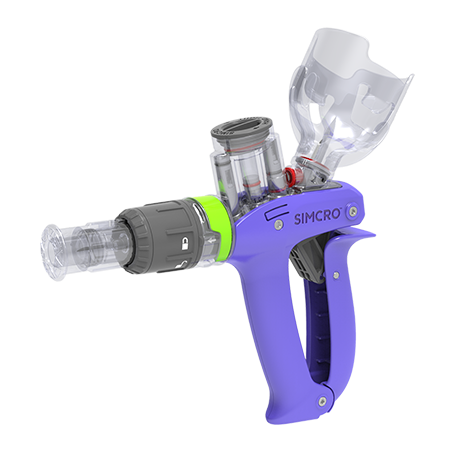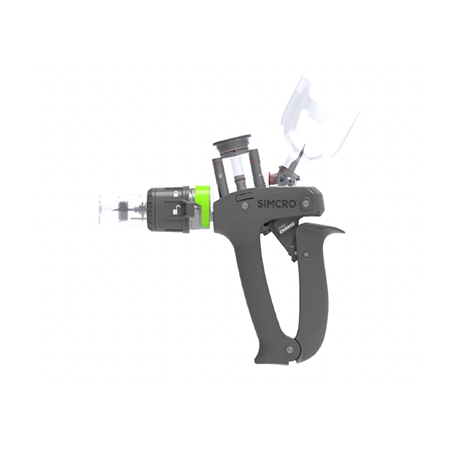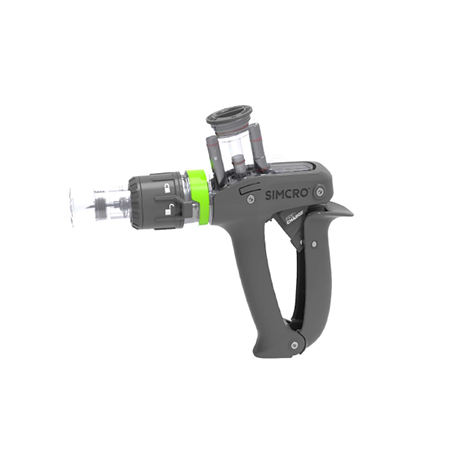A 1,000 farrow to finish farm located in a desertic ecosystem was retrofitted into a 1,500 farrow to wean farm with an internal gilt development wean to finish unit (GDU). The farm was populated with gilts from a high health source free of porcine reproductive and respiratory syndrome virus (PRRSV), Mycoplasma hyopneumoniae (M.hyo), Actinobacillus pleuropneumoniae (App) and porcine epidemic diarrhea (PED) amongst other important swine diseases.
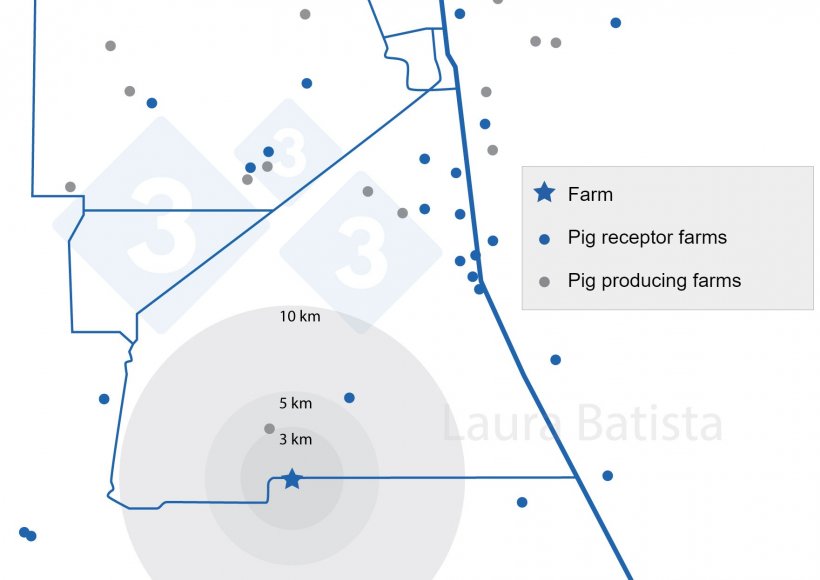

Due to its location 500 meters from a high swine transport flow road and a high-density swine production and reception of weaned pig area, what were thought to be very effective biosecurity measures and protocols were implemented to protect the health status of the farm. It is important to note that at the moment, a pig and feed transfer stations were not considered crucial procedures to break the pathogen transmission chain.
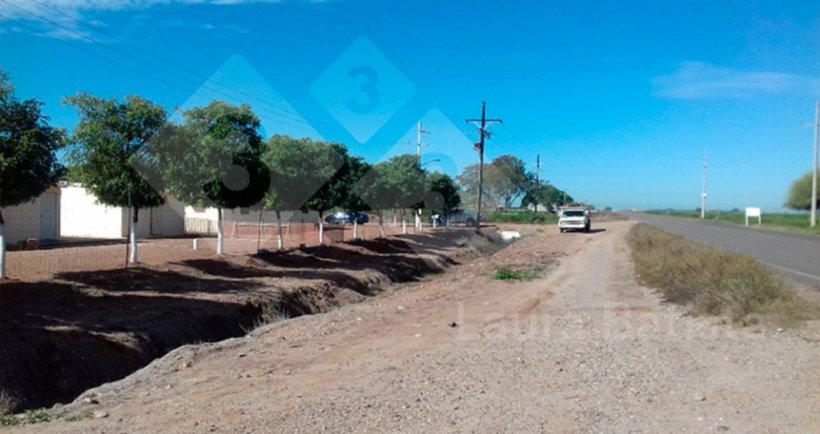
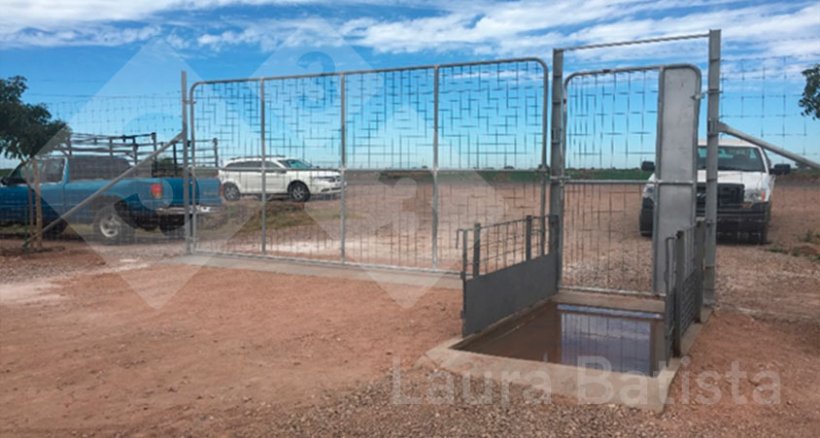
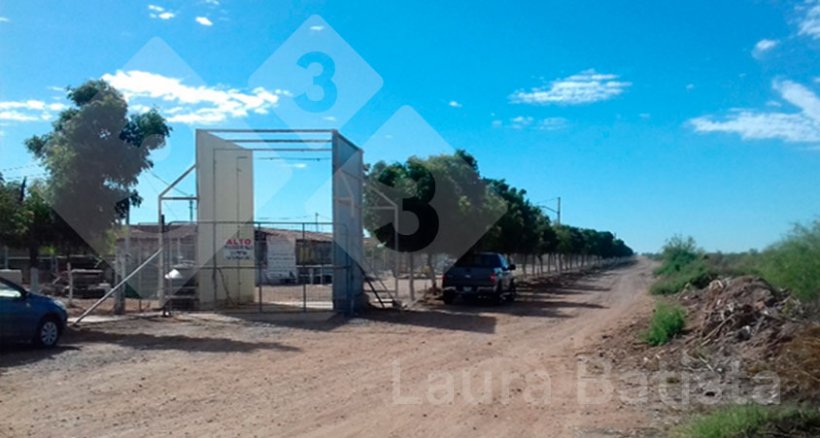
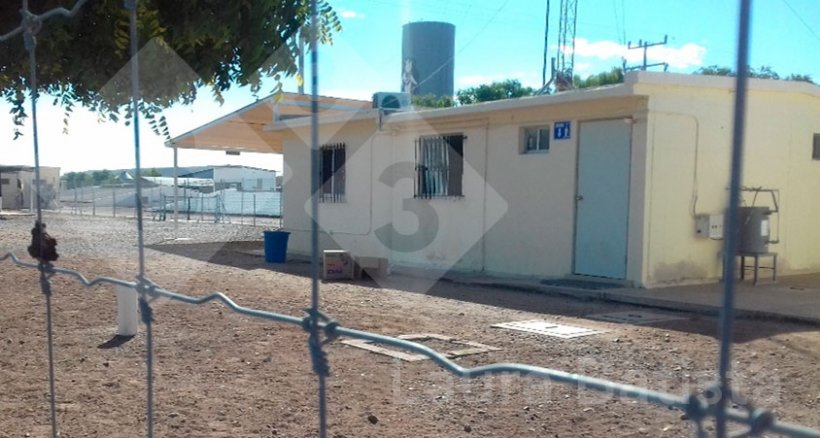
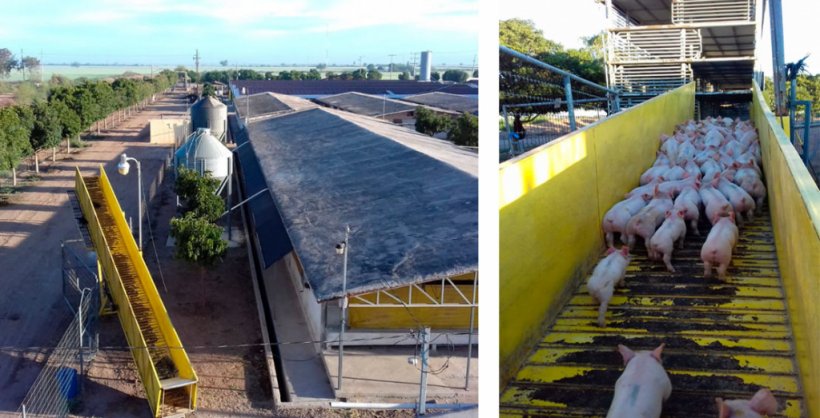
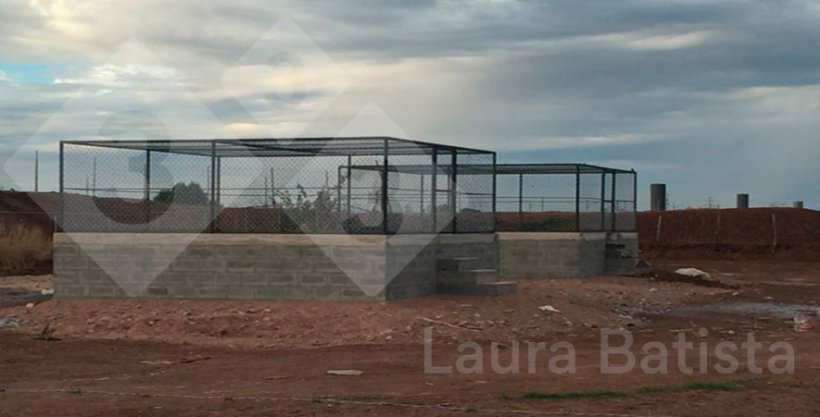
Future replacement gilts, approximately 60 gilts per 3-week batch, were housed at the internal GDU, while the rest of the gilt and barrow were transported weekly to external site 2 and 3 from the same production system. Eleven months after the farm population, it was laterally contaminated with a 1-7-4 RFLP PRRS virus strain. The farm was stabilized with a one-time live homologous virus inoculation of all the breeding and replacement animals. Five months later, due to additional capacity in the farm, inventory was increased with internal replacement to a total of 2,500 sows. This initiative yielded a left shift parity distribution and consequently nursery and finisher gilt in the GDU had a less robust immunity.
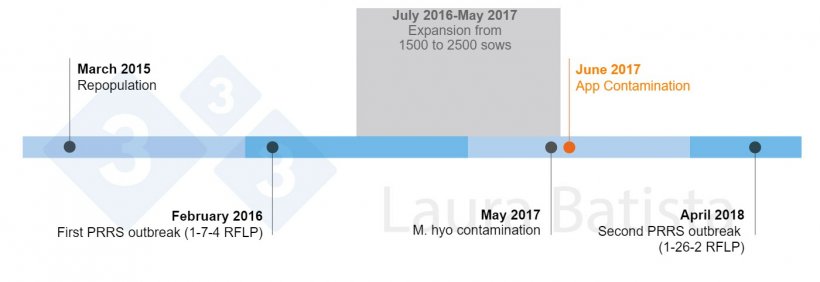
Two months after, a sudden presentation of characteristic App clinical signs and lesions were observed at the breeding and fattening area. Clinical signs quickly spread through all the sites and mortality rapidly increased with animals presenting a characteristic foamy bloody nasal discharge. Post-mortem examination revealed acute pleuritis and severe necrotizing bronchopneumonia. The main clinical signs in growing animals were anorexia, depression, fever, cough, dyspnea, and vomiting. Also, mortality and abortion rate increased in the last weeks of gestation, the outbreak lasted for 12 weeks.
On the week that the outbreak started a complete set of tissues including lungs, lymph nodes samples and blood, were sent to the diagnostic laboratory. The macro and histopathologic findings were typical of an acute pleuropneumonia caused by App, supporting it was the main etiologic pathogen of the outbreak. However, serological results were misleading since all samples were negative to App-APX IV, and positive both to M. hyo and to 1-7-4 RFLP and PRRSv PCR. Since many studies show that coinfections with different respiratory agents are common in pigs and that viral infections predispose for secondary bacterial infections and this herd was thought to be App- since its population, the servicing veterinarian concluded that the clinical signs were due to a combination of M. hyo lateral contamination and a PRRS destabilization of the herd and decided to restabilize the herd with a reinoculation of PRRS virus. A week later an App phenotypically like organisms was cultured from lung tissue, and three weeks later serotypes 1 and 7 were reported. Logically PRRSv inoculation aggravated the App outbreak as depicted on images (Figures 2 and 3).
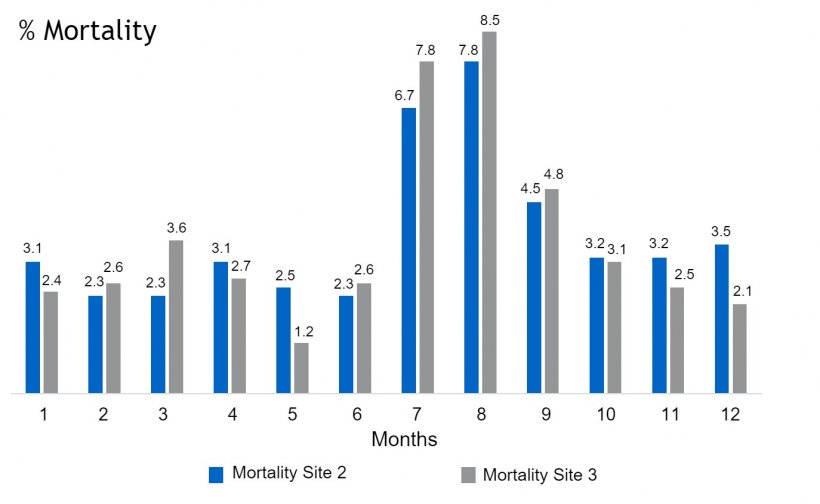

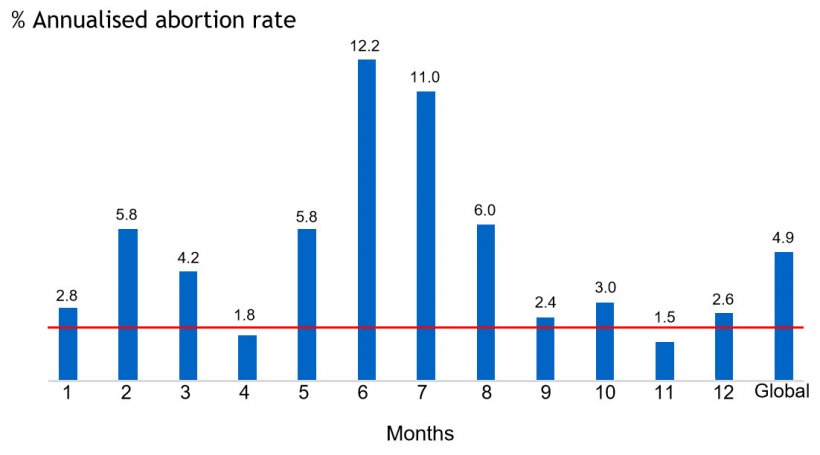
Action plan
- Sows
- Herd medication
- Immediate control of clinical signs: intramuscular injection of tulatromicine (2.5mg/kg body weight).
- Feed medication (tilmicosin at 363 g/ton) for three weeks while App bacterin containing serotypes 1 and 7 immunity was elicited.
- Herd medication
- Herd and fattening animals, vaccination with a bacterin containing App serotypes 1 and 7
- To all sow herd and replacement animals present in the GDU, this approach allows control and avoids interference with maternal immunity.
- Toxin neutralization and avoiding lesions, all weaned pigs were vaccinated with a vaccine containing antibody outer membrane protein (OMP) and three toxoids (detoxified APX I, APX II and APX III) produced by App strains until maternal immunity was elicited.
Hypothesis of pathogens contamination
- Construction personnel biosecurity breaks
- Contaminated equipment from construction personnel
- Contaminated transport, including feed trucks and construction personnel
- Neighboring farms
- Contaminated excreting pigs on the passing transport
- Contaminated transport from the same system
- Unexpected night visitors
- Aerosol transmission
Lessons learned from this health outbreak
a) Diagnosis
- It is essential to understand herd health status of a farm specially before increasing its size.
- Make sure you send the best samples and
- Ask for the gold standard diagnostic test
- Diagnosis, when in doubt perform several diagnostic tests before taking any decision.
- To establish App status of a herd, testing includes identification of antibodies directed against different bacterial antigens, isolation of the etiological agent, and detection of specific DNA by PCR.
- PRRS virus inoculation is an effective tool, however it should only be used to elicit immunity in healthy gilts during acclimation and in an isolated biosecure unit.
b) Biosecurity.
Never underestimate the importance of:
- Constantly audit and supervise external personnel incoming
- Never underestimate the importance of the location of a swine unit
- Transport should be considered as an swine pathogen transmission route
- Independent biosecurity audits are recommended for all swine systems




